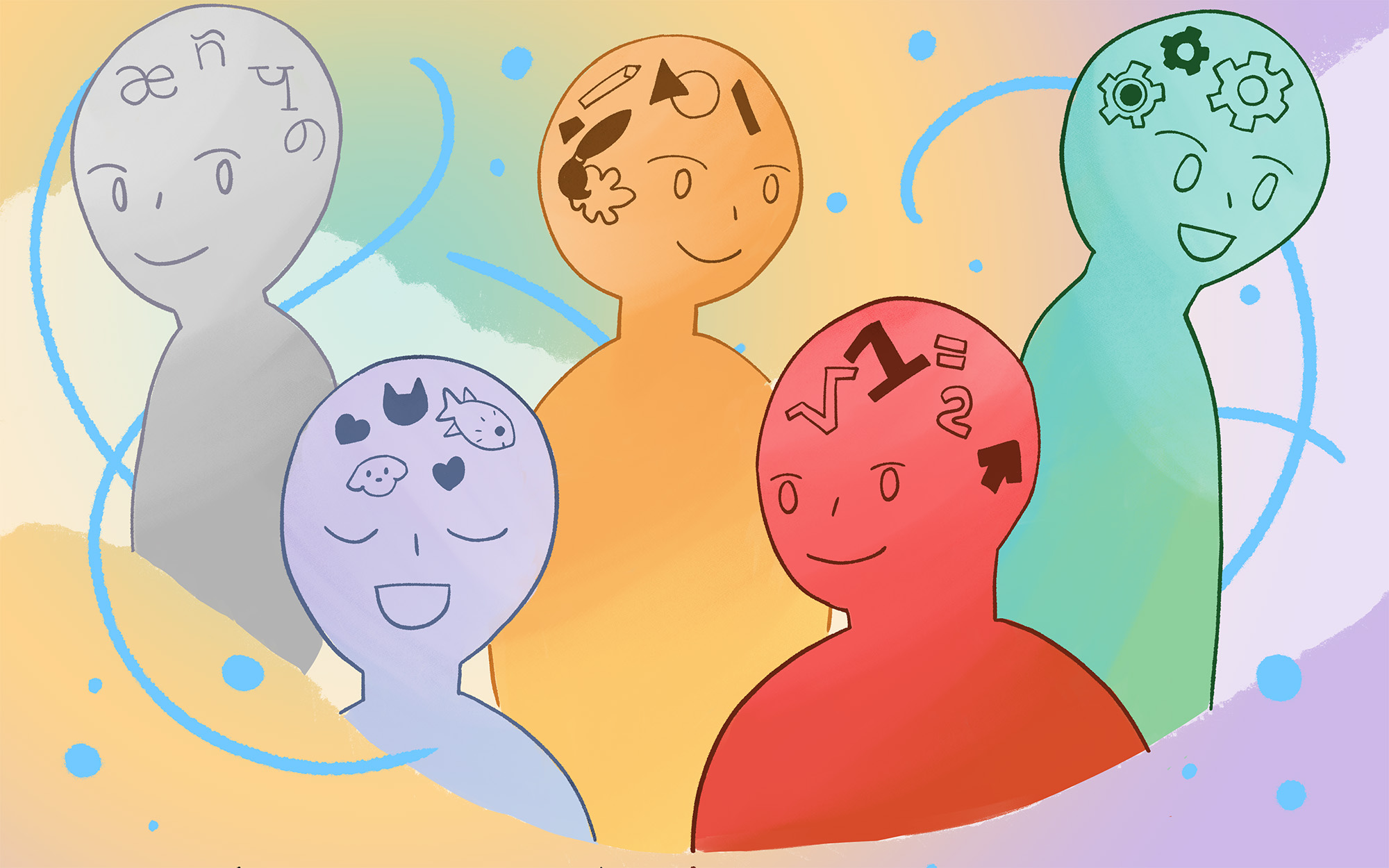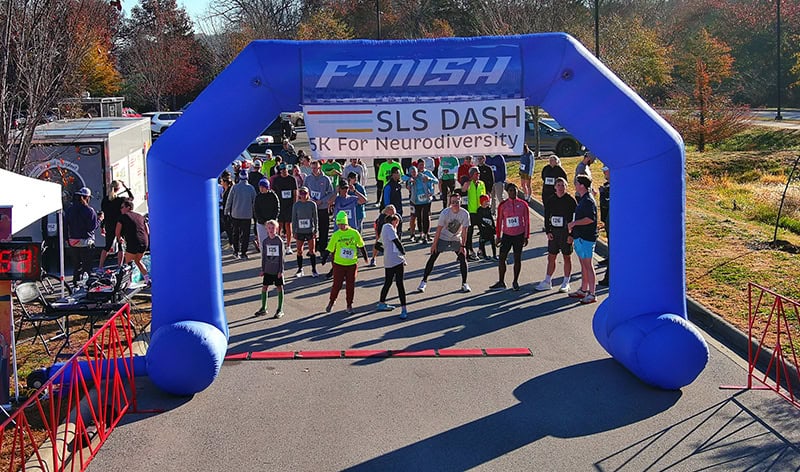
Neu·ro·di·ver·si·ty
The neurodiversity movement challenges widely accepted thought that a neurodivergence like autism or an intellectual disability inherently needs fixing or requires treatment. Instead, it invites others to recognize & respect neurological differences. It challenges society to further reimagine and evolve to meet needs and remove barriers– allowing ALL people to flourish.
SLS Community champions the inclusion of neurodivergent adults
We passionately promote the integration and inclusion of the neurodivergent population in the workforce and in the community.
A National Challenge: An NWA Solution
In the U.S. today, over one million adults living with intellectual and developmental disabilities (I/DD) reside with a family caregiver over the age of 60, half of whom spend 40+ hours a week supporting them. Despite this enhanced level of care, the 2025 federal Supplemental Security Income rate was just $967 per month for housing and cost of living. Arkansas is one of six states without a state supplement.
SLS Community champions the inclusion of neurodivergent adults
We passionately promote the integration and inclusion of the neurodivergent population in the workforce and in the community.
A National Challenge: An NWA Solution
In the U.S. today, over one million adults living with intellectual and developmental disabilities (I/DD) reside with a family caregiver over the age of 60, half of whom spend 40+ hours a week supporting them. Despite this enhanced level of care, the 2025 federal Supplemental Security Income rate was just $967 per month for housing and cost of living. Arkansas is one of six states without a state supplement.
The urgent need for inclusive infrastructure and services
Many neurodivergent adults require substantial supportive infrastructure and services to realize their full potential in a world designed for neurotypical people. The need for person-centered services, housing, and employment options exceeds the available resources, often leaving neurodivergent adults and their families in a programmatic, financial, and personal crisis.
Housing
Not all neurodivergent individuals are able to rely on the financial, physical, and social support of family. For these individuals, access to housing remains a principal challenge. Almost 30% of people experiencing homelessness report living with I/DD.
Relationships
Post-graduation, many report a lack of access to their peer groups, the need for continued structure in their day, decreased involvement of non-familial adults who are concerned about their lives and progress, and a sense of personal ambiguity and/or lack of purpose.
Services
There is a gap between services provided to neurodivergent children and adults called the “Services Cliff.” Nationally, 850,000 people with I/DD are on waiting lists for services. Only 17% of adults with I/DD receive Medicaid funding for Home and Community Based (HCBS) services. Lack of supportive services and staffing can greatly limit participation in the workforce and community.
Clinical Services
The Common Wealth Fund notes that, in general, people with I/DD receive less preventative care, have a higher incidence of chronic conditions, and visit the hospital and emergency room more often than neurotypical individuals. People with I/DD also face higher out-of-pocket costs for their medical care and are twice as likely to live below the federal poverty line.
Employment
People living with I/DD are half as likely to find employment compared with their neurotypical peers, despite having a wide variety of unique skills and innovative talents. They can have little opportunity to pursue competitive opportunities or experience personal growth once they complete secondary education. This is despite the fact that research shows the national GDP increasing by $25 billion if just 1% more neurodivergent people were hired.
Whole Health
Low socioeconomic status impedes access to housing and medical care and increases the risk of chronic and acute health conditions, obesity, physical inactivity, and smoking. Combined, these factors lead to poorer health outcomes and greater risk for social isolation for people with I/DD.

Neurodiversity in Northwest Arkansas
We believe Northwest Arkansas can be the launching point to shift this paradigm on a national level.
Through our current services and our future on Cato Springs, we are developing a holistic, collaborative approach to supporting neurodivergent individuals in adulthood.
I/DD – 52,684
I/DD – 4,274
I/DD – 9,763
I/DD – 17,829
| Age 18+ | Autism Spectrum Disorder | Down Syndrome | I/DD | Other Neurodivergent Conditions |
|---|---|---|---|---|
| NWA | 8,039 | 496 | 9,763 | 60,410 |
| Fort Smith | 3,519 | 217 | 4,274 | 26,445 |
| Tulsa | 14,681 | 907 | 17,829 | 110,323 |
| Arkansas | 43,383 | 2,679 | 52,684 | 326,004 |

